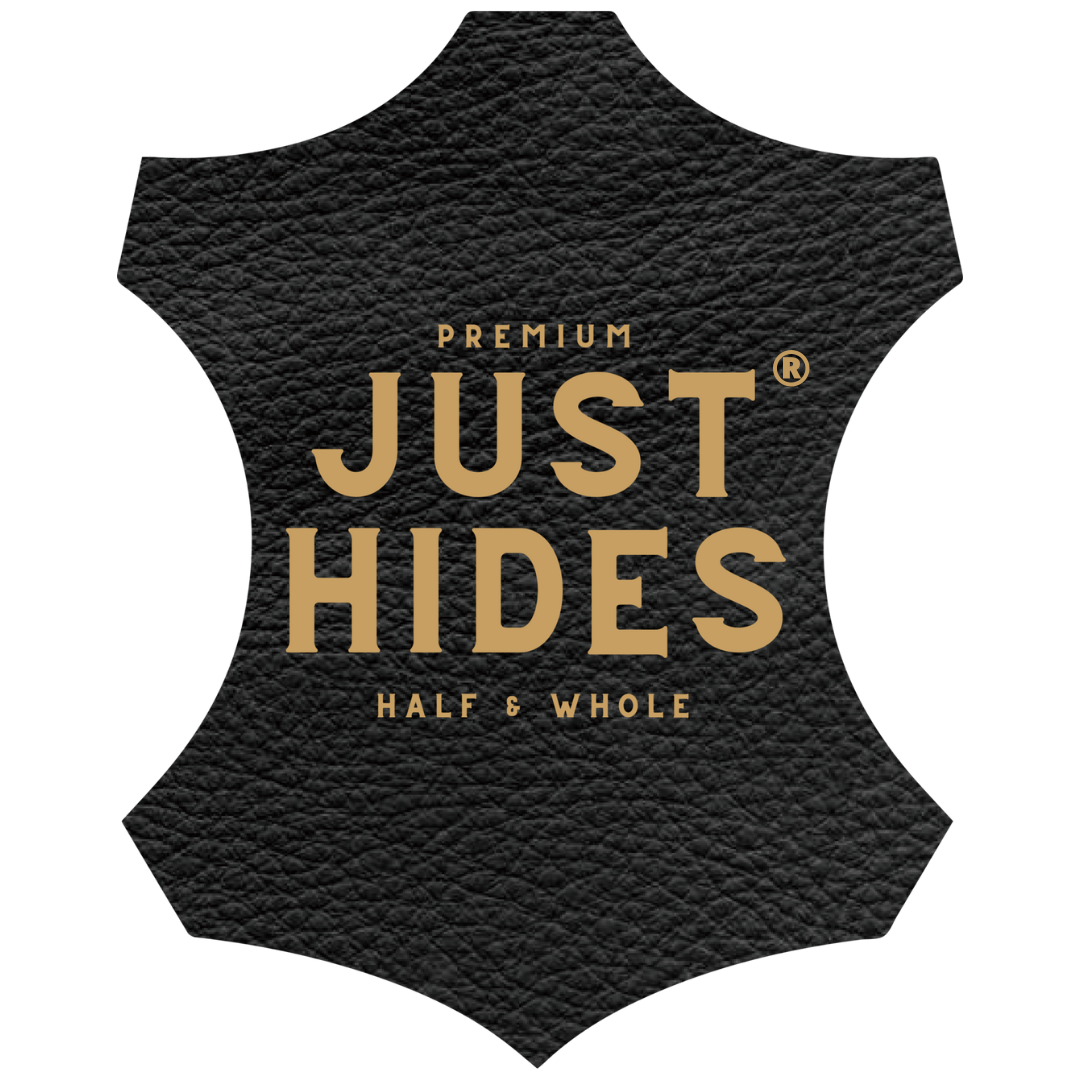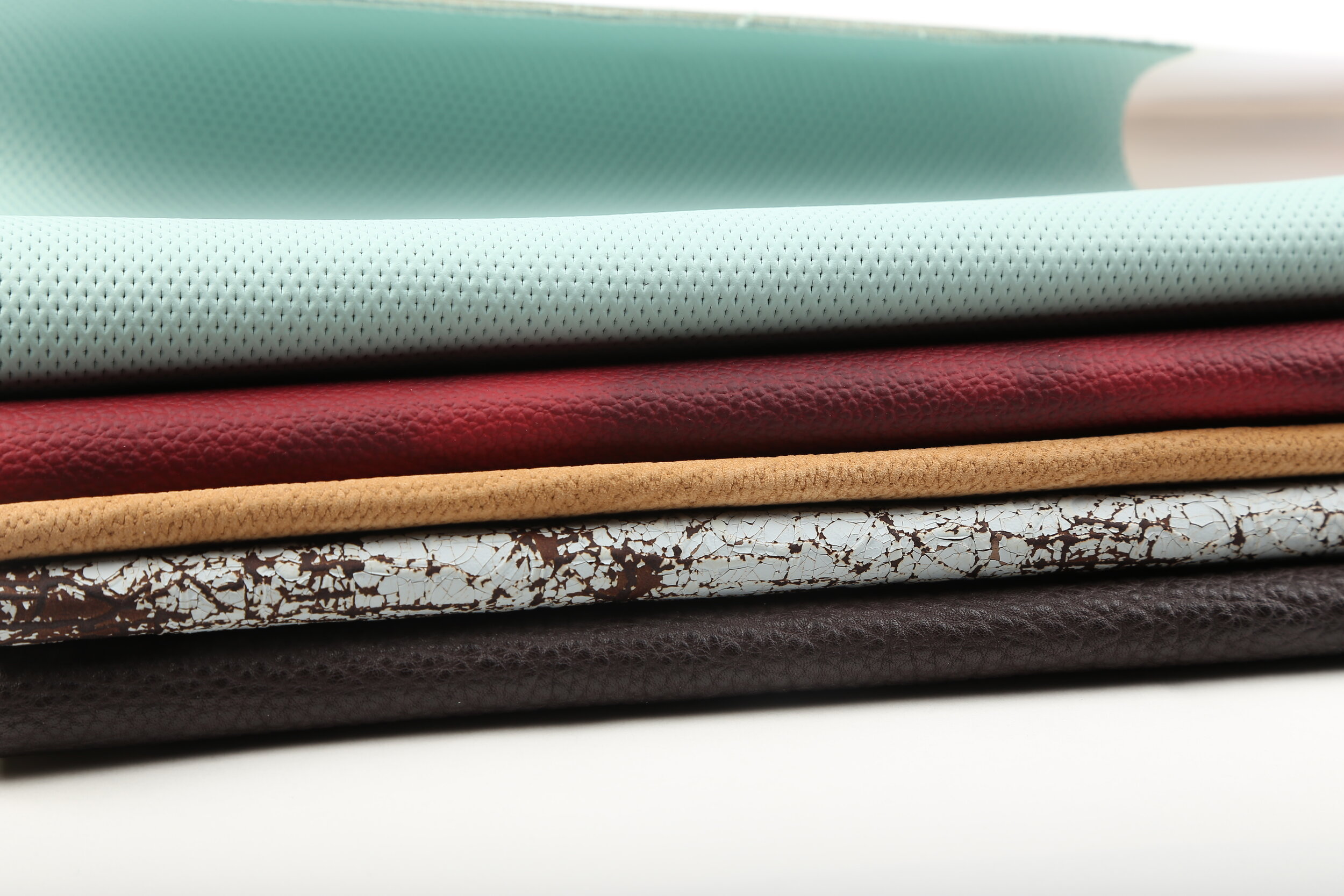
Why Leather?
No animal is killed for your leather hide(s).
There you have it. It is a bold statement, but it’s also a fact about leather that most people aren’t aware of. If you find yourself confused by this statement, bear with us: we understand leather comes from larger animals. We want to ensure that you understand our philosophy and ethos when it comes to the leather business.
Animals are not raised to give us leather: they are raised for their meat, milk or wool.
So did you know that:
hides are a leftover from the food industry;
hides can also be transformed into new products or specific ingredients like collagen, protein, and gelatin;
20% of the value of an animal comes from secondary industries other than the meat industry (of which the skin is a large part!)
A hide would go to waste without proper treatment that preserves it (which is called ‘tanning’). This means that hides are up-cycled to create a sustainable material for products like furniture, shoes, handbags, automotive interiors (and other applications).
So yes, we can honestly say that no animals are bred for their hides and that we believe, as an industry, that we are adding real value by turning a leftover into a durable product. All because if we would not up-cycle the hides, they would end up creating an excessively big pile of waste.
So why not turn each hide into a 100% beautiful piece of leather then, right?
Remember, leather is a natural, durable, and flexible material made from an animal hide. This hide is the by-product from the food industry and without further processing, it would never become leather!
Leather is a sustainable choice
People are increasingly aware of the long-term effect and impact their behavior, consumption and lifestyle have on the world we live in. Reducing the environmental footprint, improving human welfare, and striving for long-term economic growth are key for a brighter future for our planet and people. Our leather fits perfectly in that sustainable tomorrow.
Using a by-product from the food industry, our leather producers convert waste into renewable material. Leather production provides sustainable economic value and, in turn, generates new by-products that stimulate growth in other sectors. The production itself takes place under the most stringent health and safety conditions and external parties regularly audit tanneries.
Therefore, many modern tanneries, including ours, embrace future proof innovations that keep them ahead of the game:
State-of-the-art water treatment facilities, that purify the effluent water from leather production so it can go straight back into nature, clean and free of waste or harmful substances.
Extensive research, development and sustainability departments that make sure hazards are minimized and low-impact process chemicals are used, even opting for water or bio-based chemicals, that offer a sustainable alternative without compromising on performance.
Working with innovative technologies and machinery that improve process efficiency and use responsibly sourced energy (like wind or solar panels). These efforts reduce the environmental footprint of the tanning process.
These are just a few examples from an industry on the move. They are all part of a journey towards a more sustainable future that is better for our products, people, and the planet itself.
Leather lasts a lifetime
Leather has been a part of our modes of travel for ages, from furnishings, chairs and carriages to our modern-day yachts, public transport, airplanes, and cars. But why is that?
It has always been a preferred material for several reasons. One of them is its long life and endurance. Other materials such as plastic and fabrics have proven to be less durable over years of use and are hard to recycle or reuse. You can see it for yourself in old cars: there might be some rust here and there, but the leather, if treated well, remains in pristine condition. But those are big words, we know.
So, let us explain what properties leather has that gives it such extended lifetime:
Leather is extremely strong and resilient. Leather can take a remarkable amount of tension and recover, without tearing, and its adaptability prevents cracking and makes it rub-fast.
We can apply enhancing finishes to the leather to repel liquids, dirt, and bacteria. Leather by itself is well conditioned to repel liquids and dirt, but thanks to high-end finishes it becomes even more resistant to soiling, staining, scuffing, and scratching.
Leather moves with the conditions it is in. Leather has this ability in its very nature as it expands and shrinks with heat to preserve its integrity.
Naturally flame retardant. Leather is a natural product and when it is exposed to intense heat, it will first harden and shrink before catching fire.
As a material choice, you see that leather pays back for itself: ready to serve for a lifetime!



